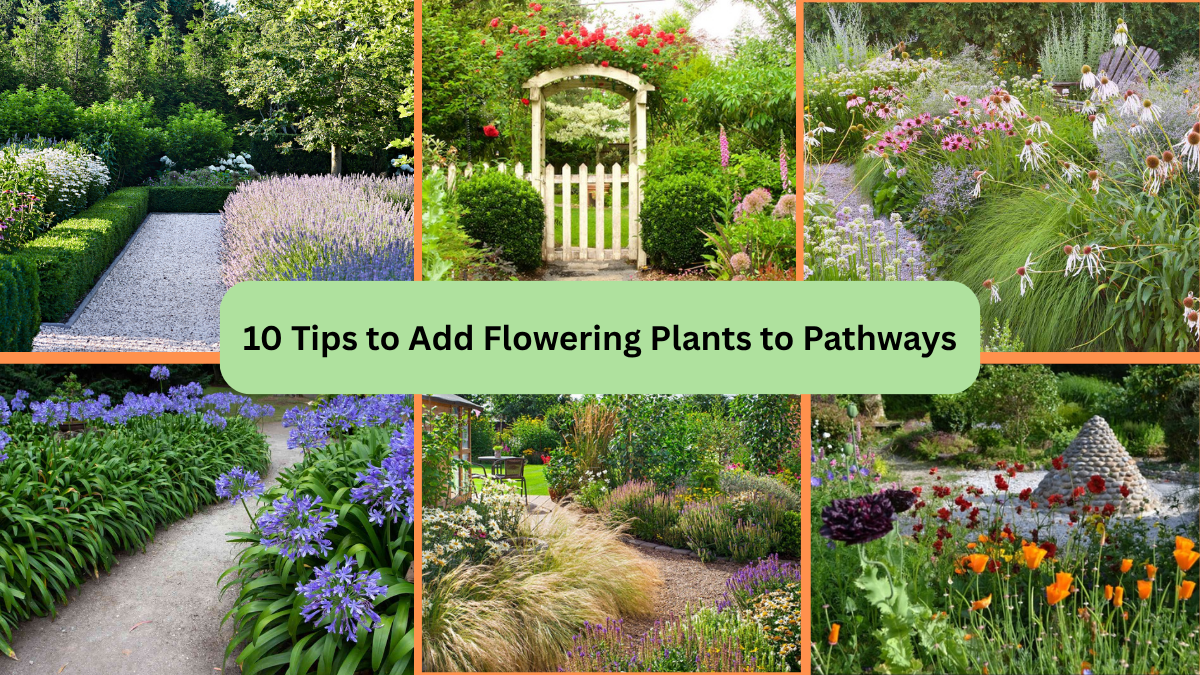A pathway is more than just a functional route—it’s a visual journey that invites guests to explore your garden, yard, or outdoor space. Adding flowering plants along pathways can transform this ordinary walkway into a breathtaking experience, offering color, fragrance, texture, and charm every step of the way. Whether you’re working with a narrow garden path or a wide walkway, incorporating the right flowering plants thoughtfully can dramatically enhance your landscape’s appeal.
If you’re dreaming of a pathway that blooms with life and beauty, this guide provides 10 expert tips to add flowering plants to pathways in a way that’s stunning, sustainable, and easy to maintain.

1. Choose Plants According to Pathway Width and Location
Before you start planting, consider the width and position of your pathway. Narrow paths (less than 3 feet wide) require low-growing, compact plants that won’t obstruct foot traffic, while wider paths can accommodate larger or taller blooms.
- Sunlight: Assess how much sun your pathway receives daily. Some flowering plants thrive in full sun (6+ hours), while others prefer partial or full shade.
- Space: Give plants enough room to grow without crowding the path or each other.
For example, petite blooms like creeping thyme or dwarf lavender suit narrow, sunny pathways, whereas hydrangeas or daylilies can be stunning for wider paths with partial shade.
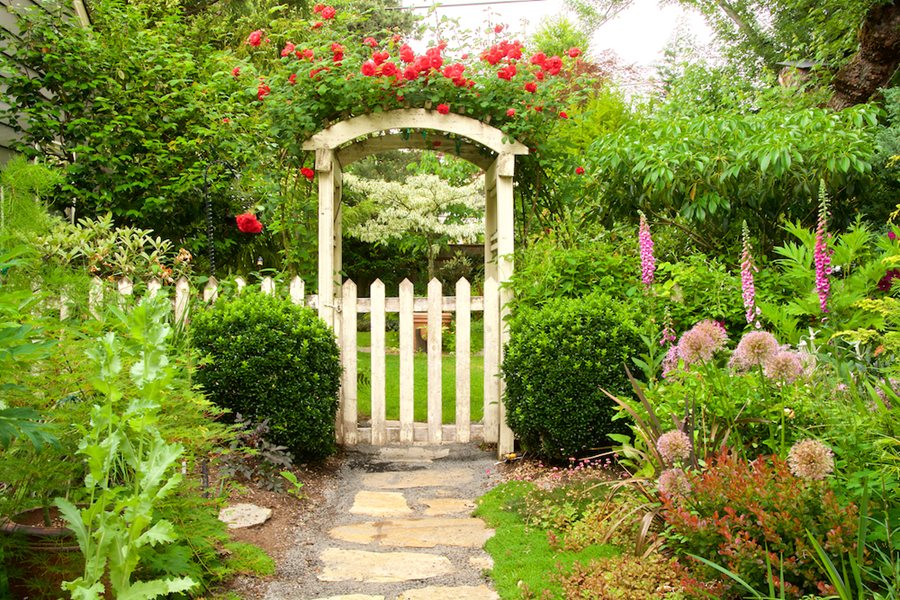
2. Use a Mix of Perennials and Annuals for Year-Round Interest
To keep your pathway blooming across seasons, combine perennials (plants that come back year after year) with annuals (plants that live one season but bloom profusely).
- Perennials like coneflowers, black-eyed Susans, or salvia provide structure and reliable blooms.
- Annuals such as petunias, marigolds, or impatiens add bursts of vibrant color and can be changed each year for variety.
This layered approach ensures your pathway never looks bare and keeps your garden dynamic and fresh.

3. Pay Attention to Plant Height and Layering
For a polished look, arrange plants by height:
- Taller flowering plants go toward the back or edges of wide pathways, providing a backdrop.
- Medium-height flowers fill the middle ground.
- Low-growing plants line the immediate edges, keeping the walkway clear and framing it beautifully.
Layering plants creates depth, dimension, and visual interest while preventing overcrowding.
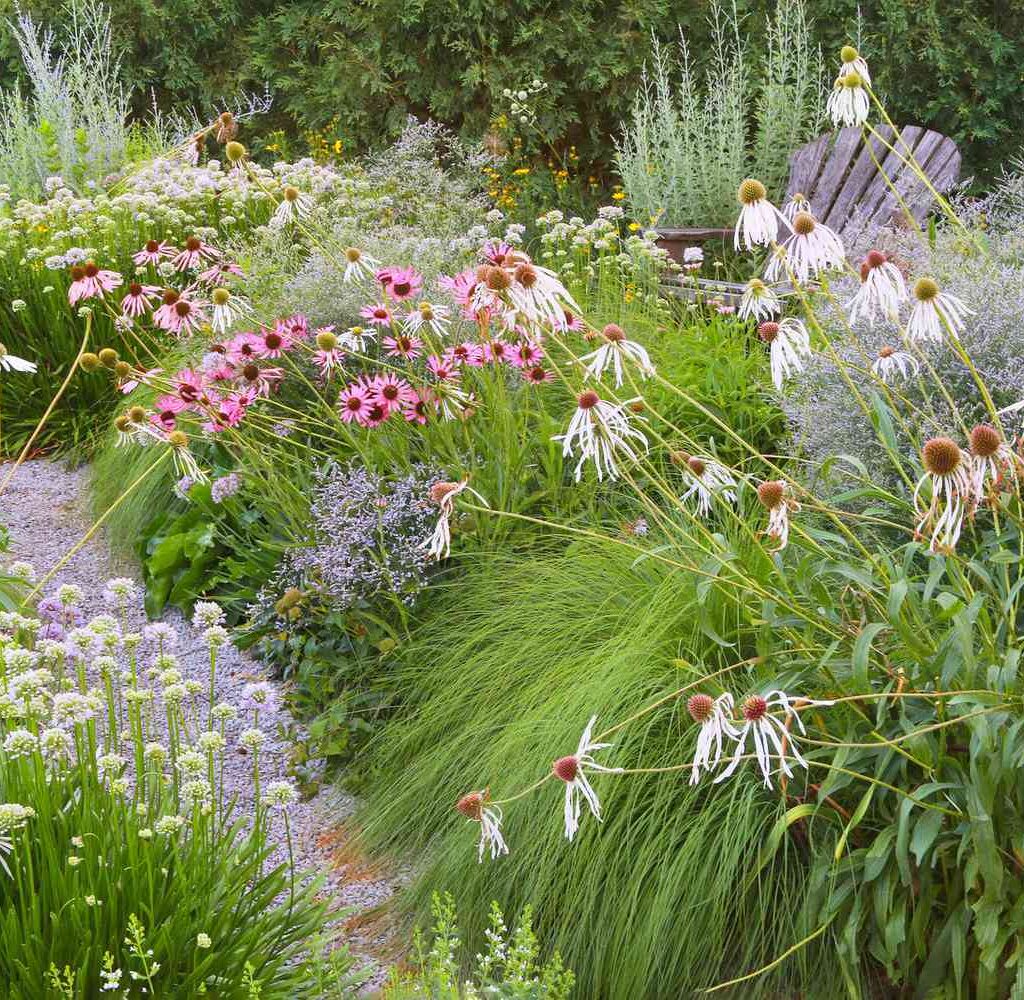
4. Incorporate Fragrant Flowers for an Inviting Ambiance
Adding scented flowering plants along pathways can create a sensory experience that enhances your garden’s charm.
Consider fragrant options such as:
- Lavender: Known for its calming purple blooms and relaxing scent.
- Jasmine: Climbing varieties or bushy types add sweet perfume.
- Sweet alyssum: Tiny white or purple flowers with a honey-like fragrance.
- Gardenias: Creamy white flowers with a rich scent, perfect for warm climates.
Plant fragrant blooms near seating areas or windows where their scent can be enjoyed the most.
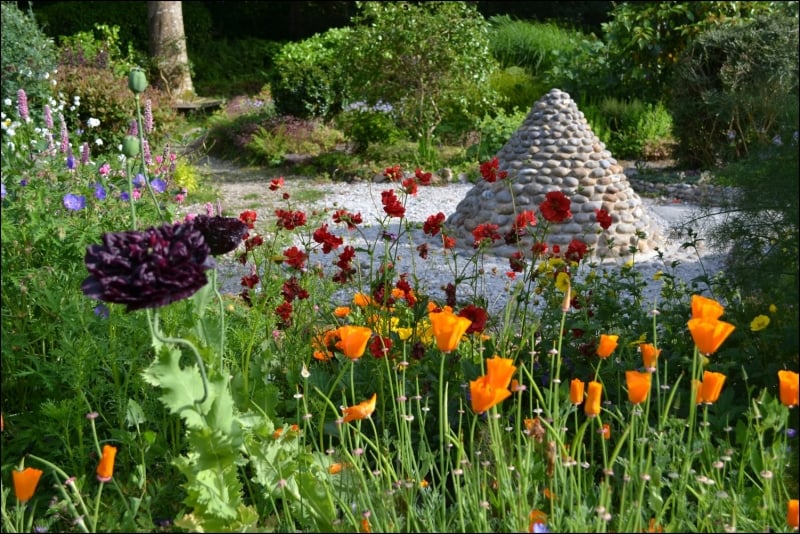
5. Use Color Strategically to Guide the Eye
Color can influence mood and movement through your garden. Use flowering plants to guide visitors’ attention along the path or highlight focal points such as garden benches, statues, or arches.
- Warm colors like red, orange, and yellow attract attention and create a lively atmosphere.
- Cool colors like blue, purple, and white evoke calm and relaxation.
Consider planting repeating color patterns or groups of the same color to create rhythm, making the pathway feel cohesive and intentional.
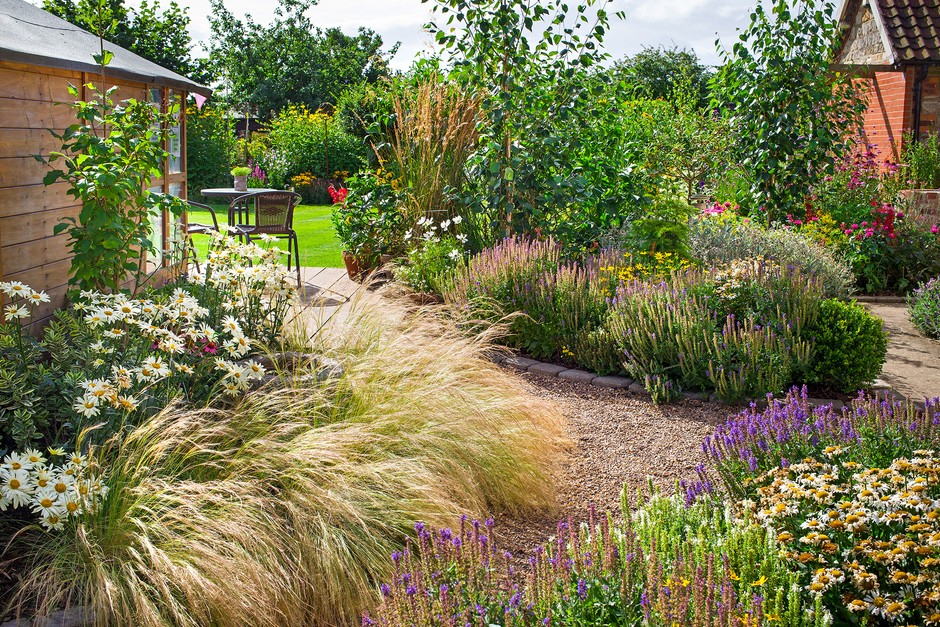
6. Opt for Low-Maintenance, Disease-Resistant Varieties
Pathway plants need to look good with minimal fuss, as they’re often in high-traffic areas.
Choose hardy, disease-resistant flowering plants that:
- Withstand foot traffic or occasional trimming.
- Are tolerant of local climate and soil conditions.
- Resist common pests and fungal diseases.
Examples include daylilies, coreopsis, sedum, and ornamental grasses that also add texture alongside flowers.
7. Add Edging Plants to Define the Pathway Border
Using flowering edging plants not only beautifies the path but also clearly defines its edges, preventing grass or weeds from creeping in.
Good edging flowers include:
- Lobelia: Compact, trailing, blue or purple flowers.
- Alyssum: Dense clusters of tiny white or purple flowers.
- Dianthus: Also called “pinks,” with fragrant, colorful blooms.
- Creeping phlox: A ground-hugging perennial that blooms in spring.
Mixing edging flowers with contrasting foliage plants (like ornamental grasses) can enhance the border’s texture.
8. Consider Seasonal Changes and Plant Accordingly
Think about how your pathway will look through the seasons:
- Spring: Plant bulbs like tulips, daffodils, and crocus near the pathway for early color.
- Summer: Perennials and annuals bloom fully, providing vibrancy.
- Fall: Incorporate asters, chrysanthemums, or goldenrod for autumn interest.
- Winter: Use evergreen flowering plants or shrubs with colorful berries for structure and color in cold months.
Planning for year-round appeal keeps your pathway beautiful and engaging no matter the season.
9. Use Container Plants to Add Flexibility and Mobility
If you want to experiment with different flowers or have limited garden space, use containers and pots along the pathway.
Benefits include:
- Mobility — rearrange plants seasonally or to refresh the look.
- Soil control — customize soil type for specific plant needs.
- Decorative appeal — choose colorful or artistic pots that complement your plants.
Container plants can be particularly useful on paved paths or patios where in-ground planting isn’t possible.
10. Mulch Around Flowering Plants to Retain Moisture and Reduce Weeds
Once your flowering plants are in place, apply a layer of mulch around them to:
- Conserve soil moisture and reduce watering needs.
- Suppress weed growth that competes for nutrients.
- Regulate soil temperature for healthy root development.
- Create a neat, finished look around your pathway plants.
Organic mulches like shredded bark, wood chips, or pine needles are popular choices and will decompose over time, enriching the soil.
Final Thoughts: Making Your Pathway Bloom
Adding flowering plants to pathways transforms an ordinary route into a stunning garden feature that invites exploration and delight. By thoughtfully selecting plants that fit your pathway’s size, sun exposure, and desired style, you can create a vibrant, fragrant, and welcoming walkway.
Remember to layer plants by height, use color strategically, and consider seasonal changes for continuous appeal. Maintaining good soil conditions, using mulch, and choosing hardy, disease-resistant plants will keep your pathway looking its best year after year.
Your flowering pathway will not only beautify your outdoor space but also provide a peaceful sanctuary for you and your guests—a true garden journey in every step.
